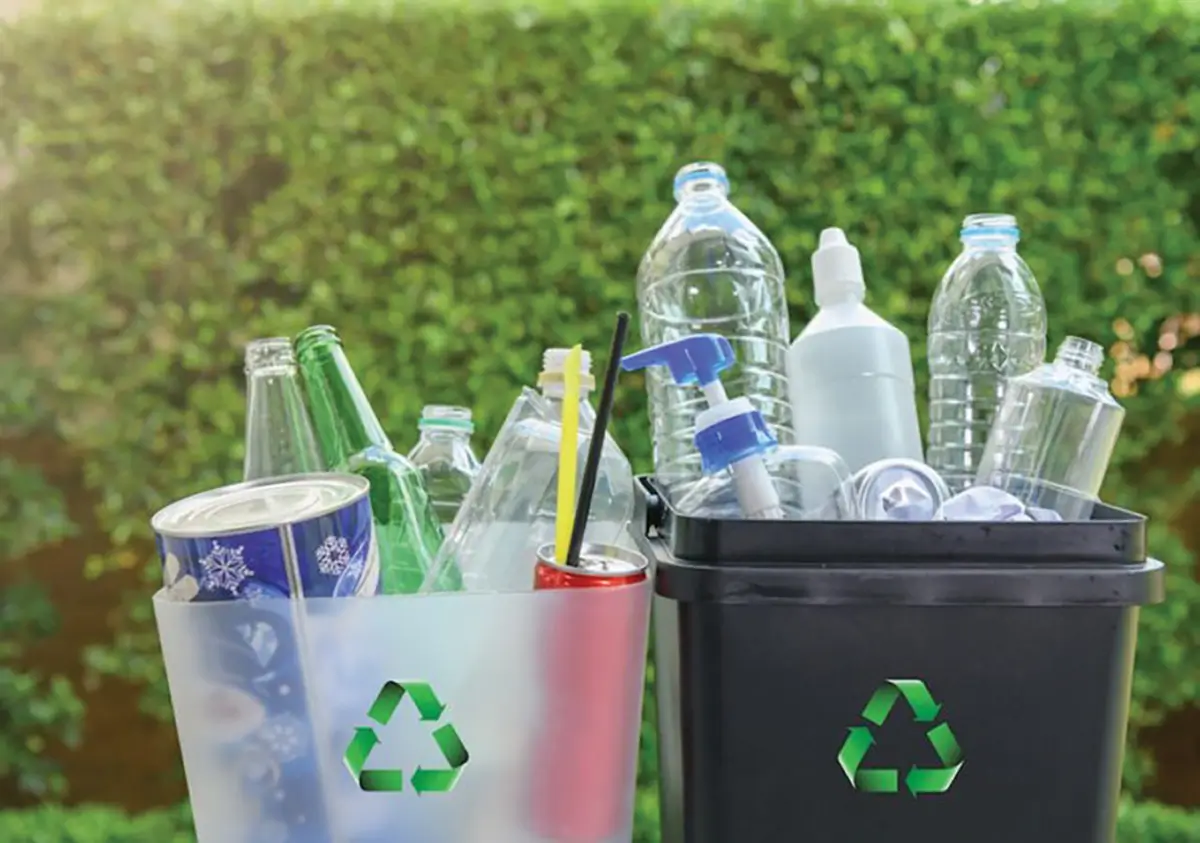Transport and storage savings
Empty packaging is delivered flat using very little space and, after filling, is easy to palletize. This leads to substantial savings in logistic costs and CO2 emissions.
Bag-in-Box occupies a limited amount of space when stored thanks to its rectangular shape. For example, one truck transporting 5 liter bags and boxes is equivalent to more than 7 trucks transporting 75cL bottles.
Packaging weight reduction
According to Flexible Packaging Europe, 26 million tonnes of packaging materials would be saved if all food was packed in flexible packaging.
We have compared our bags with different rigid plastic containers usually used for the same product and the plastic reduction is huge – between 54% and 86% according to different packaging types compared.



Plastic reduction
75% corrugated cardboard
More than 75% of a 5-litre Bag-in-Box package is corrugated – fully recyclable, renewable and biodegradable – and only 25% is plastic.
85% of corrugated packaging is currently recycled in Europe. The box and the bag are easily separable, facilitating the recycling of the corrugated box.
The recyclability of the bag depends on the country and its collecting/sorting and recycling infrastructure. We are working together with our suppliers on new recyclable mono-material film structures to substitute plastics for which there are no recycling solutions today.
Does not become litter
Bag-in-Box is not among the plastic products frequently found on beaches or in the environment, such as PET bottles or snack packs.
In fact, Bag-in-Box is usually consumed at home and disposed in a dustbin after use. It is not individual packaging consumed on-the-go, therefore the risk of polluting a forest or a beach is limited.
